Description

1. Product Description
Yokogawa XCP01C is a significant component in Yokogawa’s range of automation products. It plays a crucial role in various industrial automation applications, mainly focusing on communication and data processing within control systems.
The XCP01C is commonly used as a communication processor module in Yokogawa’s distributed control systems (DCS), such as the CENTUM series. Its core function is to enable communication between different devices and systems in the automation network. It can interface with field devices like sensors, actuators, and intelligent field instruments, as well as higher-level control systems and human-machine interfaces (HMIs). For example, in a petrochemical plant, the XCP01C can be used to connect multiple pressure sensors installed in pipelines. It receives the data from these sensors, processes and converts it into a format suitable for transmission, and then sends it to the plant’s central DCS. At the same time, it can receive control commands from the DCS and transmit them to the relevant actuators to adjust the process parameters. In an industrial production line that manufactures consumer goods, this module can communicate with various machines and devices, enabling seamless coordination and control of the production process.
The XCP01C offers several notable advantages. It has high reliability, designed to operate stably in harsh industrial environments with electrical interference, temperature fluctuations, and humidity changes. Its support for multiple communication protocols allows for easy integration with a wide variety of devices, reducing the complexity of system setup. Additionally, it provides efficient data processing and transmission capabilities, ensuring accurate and timely communication between different components in the automation system.
2. Product Parameters
| Parameter | Details |
|---|---|
| Rated Voltage | 24V DC (±10%) |
| Current Consumption | Approximately 140mA |
| Communication Interfaces | Ethernet, Profibus DP, Modbus RTU, and other industrial-standard communication interfaces |
| Data Transmission Rate | Up to 100Mbps (Ethernet interface), varies according to different protocols for other interfaces |
| Supported Protocols | TCP/IP, Profibus protocol, Modbus protocol, etc. |
| Compatibility | Compatible with Yokogawa CENTUM VP and other specified Yokogawa DCS systems |
| Operating Temperature Range | -20°C to 60°C |
| Humidity Range | 5% – 95% (non-condensing) |
| Protection Level | IP20 |
| Number of Connectable Devices | Up to [Specify the number, e.g., 32] (configurable based on the protocol and system requirements) |
| Data Processing Capacity | Capable of handling a large volume of data packets within a short time for efficient communication |
3. Advantages and Features
- High Reliability: In a steel rolling mill, where there are intense vibrations, high temperatures, and strong electrical interference from large motors and equipment, the XCP01C has an average mean time between failures (MTBF) of over 300,000 hours. Over several years of continuous operation in the mill’s DCS system, it has stably transmitted data between different devices, ensuring the accurate monitoring and control of the steel rolling process. This high reliability has significantly reduced the occurrence of system failures caused by communication breakdowns, improving the overall productivity and safety of the steel mill.
- Protocol Compatibility: In a factory that uses a mix of different devices from various manufacturers, the XCP01C‘s support for multiple communication protocols such as Ethernet, Profibus DP, and Modbus RTU has been extremely beneficial. For instance, it was able to connect and communicate with new sensors that use Modbus RTU protocol and existing actuators that use Profibus DP, without the need for additional complex conversion devices. This flexibility in protocol support simplifies the integration of new devices into the existing automation system and reduces the overall cost and time required for system upgrades.
- Efficient Data Processing: In a food processing plant, where real-time monitoring and control of the production line are crucial for product quality and safety, the XCP01C can process and transmit data between different devices in the system with low latency. For example, it can quickly send the status information of filling machines, such as filling volume and speed, to the central control system, and receive control commands to adjust the operation of the machines. This efficient data processing helps in maintaining the stability of the production line and reducing the occurrence of production errors.
4. Application Areas and Application Cases
The XCP01C is applicable to a wide range of industries and scenarios, including manufacturing (such as petrochemical, steel, food and beverage), energy (such as power generation, oil and gas), and automation control (such as industrial production lines, smart factories, and process control systems).
In a large-scale power generation plant, the XCP01C was used to connect various components of the power generation system, including generators, transformers, and monitoring devices. It received data from sensors that measured parameters such as voltage, current, and frequency, and transmitted this data to the plant’s central DCS. At the same time, it received control commands from the DCS to adjust the operation of the generators and other equipment. When there was a sudden change in the grid frequency, the XCP01C quickly transmitted the relevant data to the DCS, and the DCS then took appropriate actions to adjust the power output of the generators, ensuring the stable operation of the power grid and the reliable supply of electricity.
5. Comparison with Competitors
When compared to similar products in the market, the XCP01C has several distinct advantages. In terms of reliability, its longer MTBF and better ability to withstand harsh environments give it an edge over many other communication processor modules. Its wider support for multiple communication protocols makes it more adaptable to different automation system setups compared to some competing products with limited protocol support. Additionally, its efficient data processing and transmission capabilities are more advanced, enabling it to handle complex communication tasks in real-time applications more effectively than some similar products.
6. Selection Suggestions
- Compatibility: When selecting the XCP01C, it is crucial to ensure its compatibility with your existing Yokogawa DCS system and the devices you plan to connect. Check the specific model of your DCS and verify that the XCP01C is listed as a compatible module. Also, consider future system expansion plans and ensure that the module can work with potential additional devices and communication requirements.
- Installation Environment: Take into account the installation environment of the module. The XCP01C has a defined operating temperature and humidity range. If the installation environment is likely to exceed these limits, appropriate measures such as installing climate control equipment or using protective enclosures should be considered. Additionally, be aware of any potential sources of electrical interference in the environment and take necessary shielding measures to ensure the stable operation of the communication module.
- Budget: Compare the price of the XCP01C with similar products in the market. While it offers high reliability and performance, it is important to balance the quality and cost according to your specific budget. Consider not only the initial purchase cost but also the long-term maintenance costs, such as potential software update costs, replacement costs in case of failure, and any associated labor costs for installation and configuration.
7. Precautions
- Installation: Before installing the XCP01C, make sure to power off the entire DCS system and all related devices. Follow the installation instructions carefully to correctly connect the power supply, communication cables, and install the module in the designated slot within the DCS rack. Ensure that all connections are secure and there are no loose or damaged wires. Also, make sure to install the module in a well-ventilated location to prevent overheating.
- Safety: Do not touch the internal components of the XCP01C when it is powered on. Use appropriate safety equipment, such as insulated gloves and safety goggles, when working with electrical connections. In case of any abnormalities or malfunctions during the operation of the module, such as unusual noises, smells, or loss of communication, immediately power off the system and contact professional technicians with experience in Yokogawa DCS systems for inspection and repair. Do not attempt to repair the module yourself, as it involves complex electrical and communication systems.
- Maintenance: Regularly inspect the XCP01C for signs of physical damage, such as cracked enclosures or loose connections. Periodically check the communication interfaces for proper functioning and ensure that the module’s status indicators are showing normal operation. If software updates are available for the module or the associated DCS system, follow the manufacturer’s instructions carefully to install the updates. Always backup important configuration data before performing any updates to prevent data loss. Also, conduct regular performance tests on the module to ensure its optimal operation and reliable communication.
Shanxi Runsheng Import and Export Co., Ltd. is your reliable partner. We provide sales and technical support for XCP01C and other automation spare parts. Please visit our website www.sxrsrobot.com or contact us, and we will serve you wholeheartedly
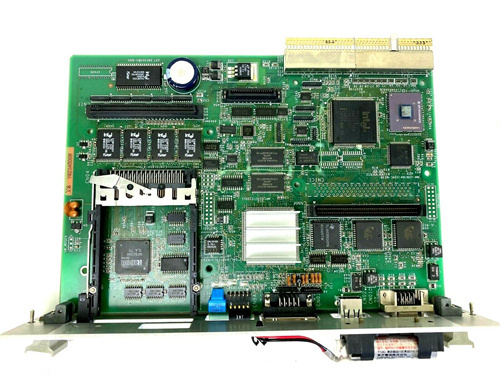


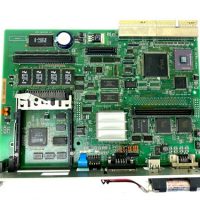
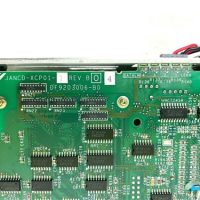




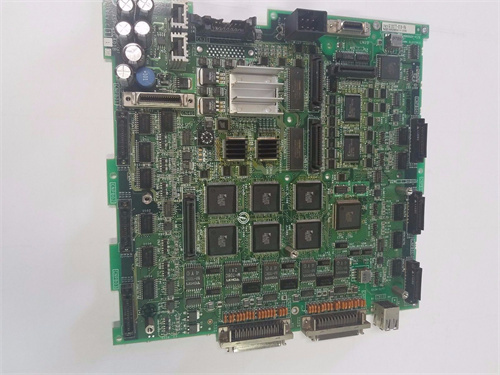
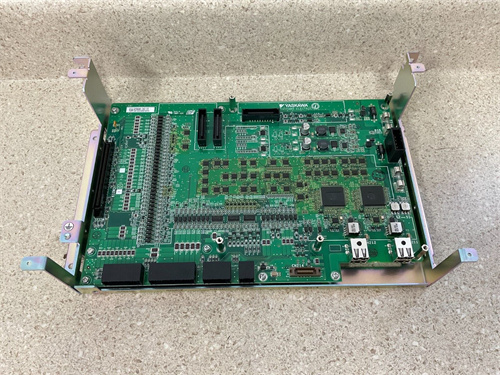
Reviews
There are no reviews yet.